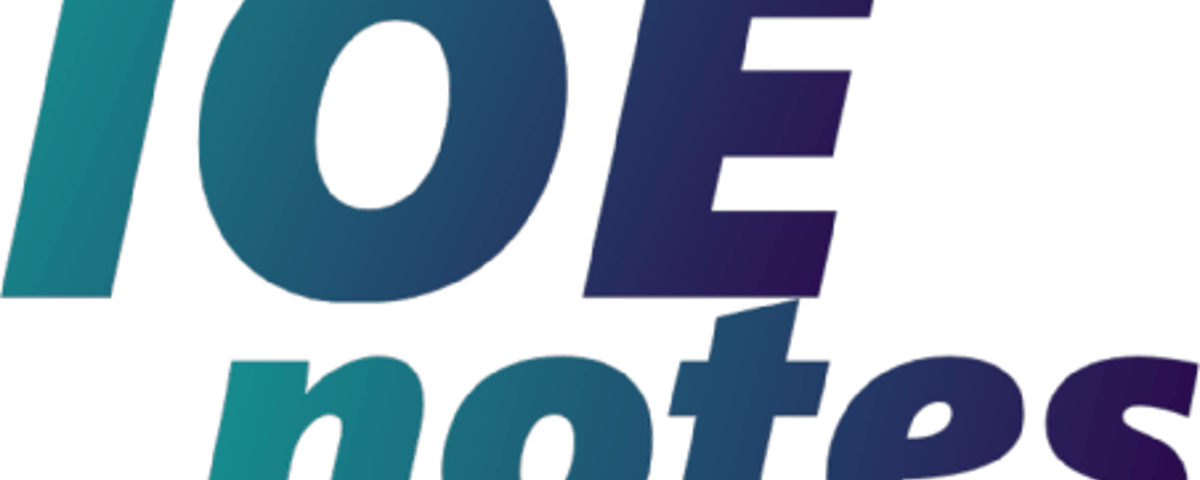|
ME 553 |
|
|
||
|
Lecture |
: |
3 |
Year |
: II |
|
Tutorial |
: |
1 |
Part |
: II |
|
Practical |
: |
1.5 |
|
|
Course Objective:
To make students familiar with mechanical measurement system. To model and analyze the response of different sensors and systems.
|
1. |
Fundamentals of Measurement |
(3 hours) |
|
|
|
1.1 |
Fundamental Methods of Measurements |
|
|
|
1.2 |
The Generalized Measurement System |
|
|
|
1.3 |
Calibration Concepts |
|
|
|
1.4 |
Measurement Errors |
|
|
2. |
Time Dependent Properties of Signal |
(3 hours) |
|
|
|
2.1 |
Types of Measurement Signals |
|
|
|
2.2 |
Harmonic Signals |
|
|
|
2.3 |
Periodic Signals and Fourier Series Representation |
|
|
|
2.4 |
Determination of Fourier Coefficients: Analytical, Numerical and FFT |
|
|
|
|
Methods |
|
|
3. |
Static Characteristics of Measurement System |
(4 hours) |
|
|
|
3.1 |
Introduction |
|
|
|
3.2 |
Accuracy and Precision, Tolerance, Range or Span, Linearity, Sensitivity of |
|
|
|
|
measurement, Threshold, Resolution, Sensitivity to disturbance, Hysteresis |
|
|
|
|
effects, Dead space |
|
|
4. |
Dynamic Response of Measurement System |
(10 hours) |
|
|
|
4.1 |
Introduction: Amplitude Response, Frequency and Phase Response, Rise Time |
|
|
|
|
and Delay |
|
|
|
4.2 |
Mathematical Modeling of Measurement Systems: Zero order, First Order and |
|
|
|
|
Second Order System |
|
|
|
4.3 |
Characteristics and Response of Zero Order System |
|
|
|
4.4 |
Characteristics and Response of First Order System: Time Constant; Step, |
|
|
|
|
Ramp and Harmonic Response |
|
|
|
4.5 |
Characteristics and Response of Second Order System: Natural Frequency and |
|
|
|
|
Damping Ratio; Step, Ramp and Harmonic Response |
|
|
|
4.6 |
Physical Examples of Zero Order, First Order and Second Order Systems |
|
|
5. |
Sensors |
(8 hours) |
|
|
|
5.1 |
Classification of Transducers |
|
|
|
5.2 |
Force Deflection Transducers |
|
|
|
5.3 |
Variable Resistance and sliding Contact Devices |
|
|
|
5.4 |
Resistance Gages |
|
|
|
5.5 |
Thermistors and Thermocouples |
|
|
|
5.6 |
Variable Inductance Transducers; Differential transformers |
|
|
|
5.7 |
Variable Reluctance Transducers |
|
|
|
5.8 |
Variable Capacitive Transducers |
|
|
|
5.9 |
Piezoelectric Transducers |
|
|
|
5.10 |
Photoelectric Transducers |
|
|
6. |
Strain Gage |
(8 hours) |
|
6.1Introduction to Strain Measurement
6.2Electrical Type Strain Gages: Unbonded and Bonded
6.3Metallic Resistance Strain Gage: Characteristics, Selection and Installation
6.4Strain Gage Ballast and Bridge Circuit
6.5Constant Current and Constant Voltage Strain Gage Circuit
6.6Semiconductor and Piezoresistive Gages
6.7Orientation of Gages in a Bridge: Temperature Compensation and Sensitivity to Shear Stress
7.Common Mechanical Measurement System and Transducers (9 hours)
7.1Force, Moment and Torque Measurement: Elastic transducers, Strain Gage Load Cells, Piezoelectric Load Cells, Hydraulic and Pneumatic Systems, Dynamometers, Combined Force and Moment Measurements
7.2Pressure Measurement: Static and Dynamic Pressure Measurement Systems, Pressure Transducers Types, Measurement of Low Pressure, Measurement of High Pressure, Acoustical Measurement
7.3Measurement of Fluid Flow: Obstruction Meters for Incompressible and Compressible Fluids, Variable Area Flow Meter, Measurement of Fluid velocities, Pressure Probes
7.4Temperature Measurement: Use of Bimaterials, Pressure Thermometer, Thermoelectric Thermometry, Thermoresistive Elements, Thermocouples and Circuitry, Linear Quartz Thermometer, Pyrometry
Practical:
1.Fourier Analysis of Signals
2.Response of Zero Order, First Order and Second Order Systems
3.Variable Inductance and Variable Capacitive Transducers
4.Strain Gage
5.Experiment on Force, Torque, and Pressure Measurement
6.Experiment on Fluid Flow and Temperature Measurement
References:
1.E. O. Doeblien , “ Measurement Systems: Application and Design”, Mc Graw Hill.
2.T. G. Beck, N. L. Buck and R. D. Marangoni, “Mechanical Measurements”, Addison Wesley.
3.A. S. Morris, “Measurement and Instrumentation Principles”, Butterworth-Heinemann
Evaluation Scheme:
The questions will cover all the chapters of the syllabus. The evaluation scheme will be as indicated in the table below:
|
Unit |
Chapter |
Topics |
Marks |
|
1 |
1, 2 & 3 |
all |
16 |
|
2 |
4 |
all |
16 |
|
3 |
5 |
all |
16 |
|
4 |
6 |
all |
16 |
|
5 |
7 |
all |
16 |
|
|
Total |
|
80 |


